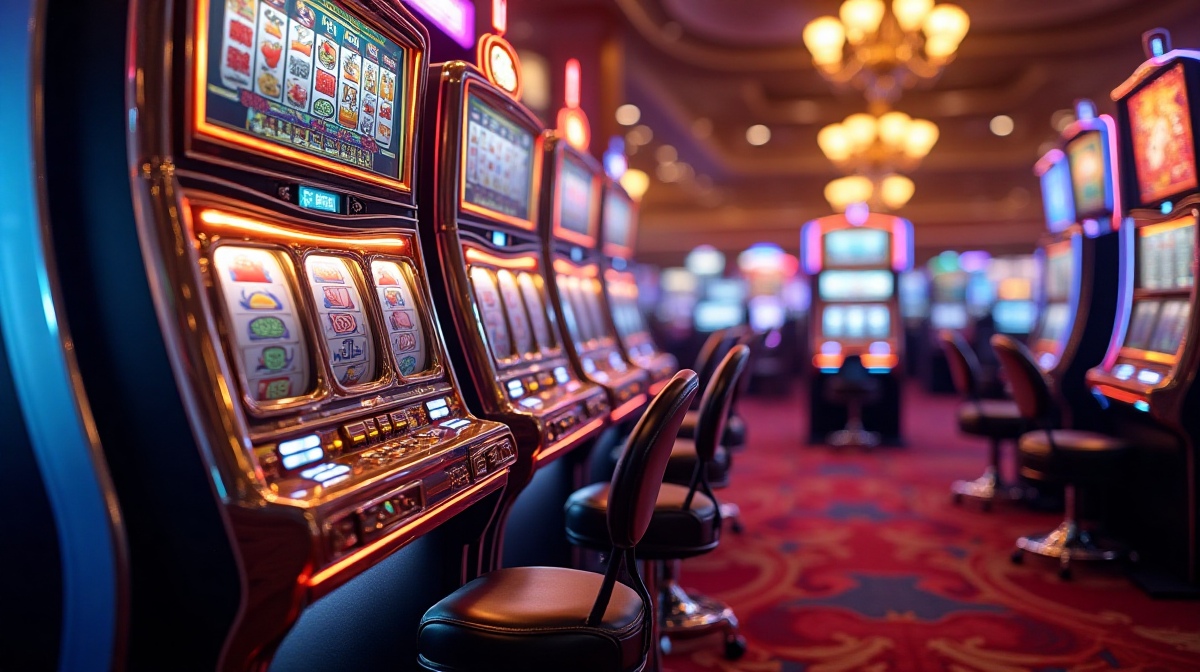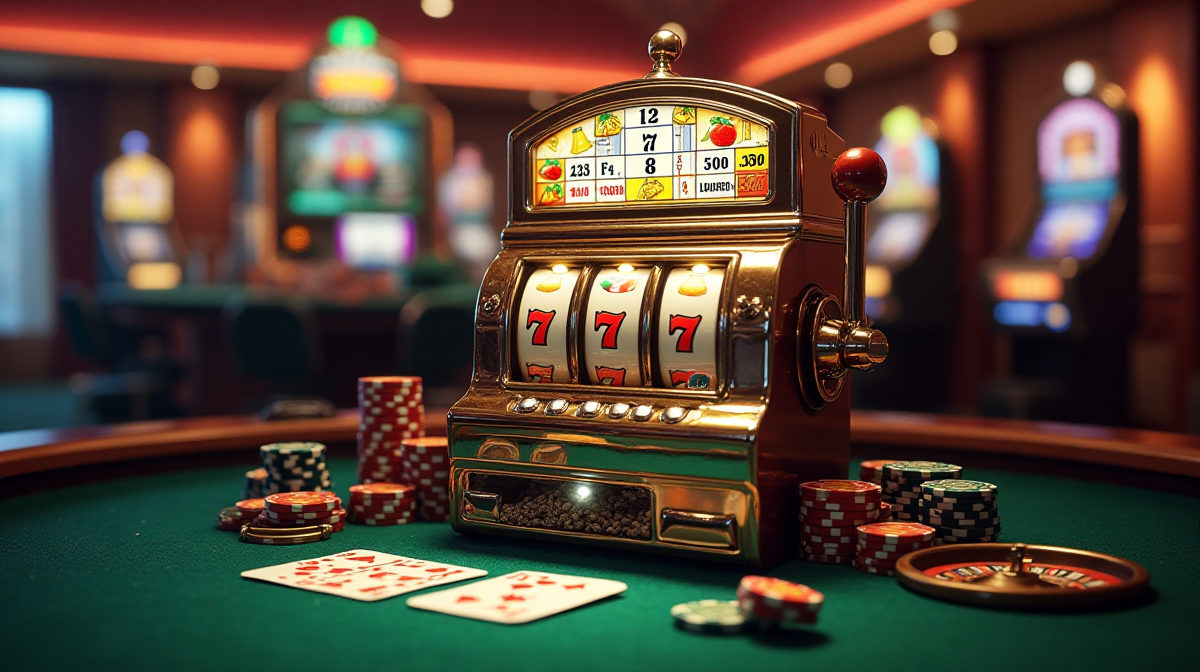Slides & Slots: 5 Mechanical Uses You Need To Know
What are Slides & Slots in Mechanical Engineering? – A Basic Definition
Slides and slots are fundamental elements in mechanical engineering, representing guided linear movements. A slide is a flat surface designed to move linearly relative to another surface, while a slot is a groove or opening that guides the slide’s motion. These components are deceptively simple, yet incredibly versatile, appearing in countless mechanisms across diverse industries. Whether you’re researching the latest sports scores on livescorebet or designing complex machinery, understanding these basic principles is crucial.
Why are Slides & Slots Crucial for Mechanical Design? – Benefits & Applications Overview
The importance of slides and slots stems from their ability to constrain motion to a single axis, ensuring precision and stability. They minimize friction, facilitate smooth operation, and provide a robust solution for various mechanical challenges. From simple drawer mechanisms to complex robotic arms, their applications are widespread. Many enjoy the thrill of potential winnings while checking livescorebet results, but the engineering behind the machines that facilitate such platforms relies heavily on these basic principles.
Different Materials Used for Slides & Slots – Choosing the Right Option
The selection of materials for slides and slots depends heavily on the application’s requirements. Common choices include steel, aluminum, bronze, and various polymers. Steel offers high strength and durability, ideal for heavy-duty applications. Aluminum provides a good strength-to-weight ratio, while bronze offers excellent wear resistance. Polymers are suitable for low-load applications where friction reduction is paramount. Considering performance alongside checking platforms like livescorebet com is essential for balanced decision-making.
Linear Guides & Precision Movement
How Slides & Slots Facilitate Linear Motion
Slides and slots are foundational to linear guides. The slot provides a defined path for the slide, minimizing lateral movement and ensuring smooth, accurate linear displacement. This is achieved through close tolerances and careful surface finishing. Designing these systems requires a deep understanding of friction coefficients and material compatibility.
Applications in CNC Machines & Robotics
CNC machines and robotic arms heavily rely on precise linear motion, making slides and slots indispensable. They form the core of linear axes, allowing for accurate positioning of cutting tools or end effectors. The rigidity and accuracy of these slides directly impact the overall performance of the machine. The thrill of a jackpot at jackpot cash casino slots is nothing compared to the precision required in these systems.
Design Considerations for High-Precision Slides
High-precision slides demand meticulous design attention. Factors like bearing selection, material thermal expansion, and lubrication are critical. Maintaining tight tolerances and minimizing backlash are essential for achieving the desired accuracy. Finite element analysis (FEA) is often employed to optimize the design and predict performance under load.

Locking Mechanisms & Safety Interlocks
Employing Slides & Slots to Create Reliable Locking Systems
Slides and slots can be cleverly integrated into locking mechanisms. A slide can be positioned to engage or disengage a locking pin, providing a secure and reliable fastening solution. The geometry of the slot can be designed to ensure positive engagement and prevent accidental release.
Safety Interlock Designs – Protecting Equipment & Personnel
Safety interlocks are crucial for protecting personnel and equipment. Slides and slots can form the basis of these systems, ensuring that a machine cannot operate unless certain safety conditions are met. For example, a slide could be linked to a guard, preventing operation if the guard is open.
Examples in Machine Tooling & Access Panels
Machine tooling often incorporates slide-based locking mechanisms to secure workpieces. Access panels on machinery frequently utilize similar systems, ensuring secure closure and preventing accidental contact with moving parts.

Adjustable Mounts & Positioning Systems
Utilizing Slides & Slots for Fine-Tuning Component Placement
Slides and slots excel in applications requiring fine adjustments. They allow for precise positioning of components along a linear axis, facilitating alignment and optimization. This is particularly valuable in applications where iterative adjustments are necessary.
Applications in Optical Systems, Sensor Mounting, and Testing Rigs
Optical systems, sensor mounting, and testing rigs often require precise component positioning. Slides and slots provide a convenient and reliable means of achieving this. They allow for easy adjustment and repeatable positioning, essential for accurate measurements and experimentation.
Designing for Stability and Repeatability in Adjustable Mounts
Stability and repeatability are paramount in adjustable mounts. This requires careful consideration of factors like clamping force, friction, and backlash. The slot design should minimize play and ensure smooth, consistent movement.
Cam Follower Mechanisms & Motion Conversion
How Slides & Slots Interact with Cam Followers
Slides and slots play a vital role in cam follower mechanisms. A cam follower rides within a slot, converting rotary motion into linear motion. The shape of the slot dictates the follower’s movement profile. The dynamic nature of this is a world away from checking livescorebet for static results.
Converting Rotary Motion into Linear Motion – Practical Examples
Numerous applications leverage this principle, including valve actuation, engine timing mechanisms, and automated machinery. Designing the slot profile to achieve the desired linear motion characteristics is crucial.
Designing Slot Profiles for Desired Cam Follower Movement
The shape of the slot directly influences the cam follower’s acceleration, velocity, and displacement. Careful consideration must be given to these factors to ensure smooth and efficient operation.
Tool Holding & Quick Change Systems
Using Slides & Slots for Secure and Efficient Tool Holding
Slides and slots can be integrated into tool holding systems, providing a secure and reliable means of clamping tools. The slide can be actuated to engage or disengage the tool, allowing for quick and easy tool changes.
Implementing Quick Change Systems for Increased Productivity
Quick change systems significantly enhance productivity by minimizing downtime during tool changes. Slides and slots are often used in these systems to facilitate rapid tool swapping. This is far more intricate than simply download livescorebet to check scores.
Design Factors for Maintaining Tooling Accuracy & Rigidity
Maintaining tooling accuracy and rigidity is vital for achieving consistent results. The slide and slot design must minimize deflection under load and ensure a secure grip on the tool.
Considerations for Designing with Slides & Slots
Tolerances & Fits – Ensuring Smooth Operation and Accuracy
Precise tolerances and proper fits are essential for smooth operation and accuracy. Excessive clearance can lead to backlash and vibration, while insufficient clearance can cause binding.
Wear & Lubrication – Extending Slide & Slot Lifetime
Wear is a significant concern in slide and slot systems. Proper lubrication is crucial for minimizing friction and extending component lifetime. Selecting appropriate lubricants and implementing regular maintenance schedules are essential.
Manufacturing Methods – Machining, EDM & Casting Options
Various manufacturing methods can be used to create slides and slots, including machining, electrical discharge machining (EDM), and casting. The choice of method depends on the complexity of the design, material requirements, and production volume.
Conclusion: The Versatility of Slides & Slots
Recap of the 5 Primary Mechanical Uses
We've explored five uses of slides and slots in mechanical systems: linear guides, locking mechanisms, adjustable mounts, cam follower mechanisms, and tool holding systems. Their ability to constrain motion, minimize friction, and provide precise positioning makes them invaluable in a wide range of applications.
Future Trends & Innovations in Slide & Slot Technology
Future trends in slide and slot technology include the development of new materials with improved wear resistance and lower friction coefficients. Advancements in manufacturing techniques, such as additive manufacturing, will enable the creation of more complex and customized designs.
Resources for Further Learning & Design Support
Numerous resources are available for further learning and design support, including engineering textbooks, online tutorials, and software tools. Consulting with experienced mechanical engineers can also provide valuable insights and guidance. While analyzing data from livescorebet com is useful in its own right, the principles of mechanical engineering underpin the very devices that deliver that information.

